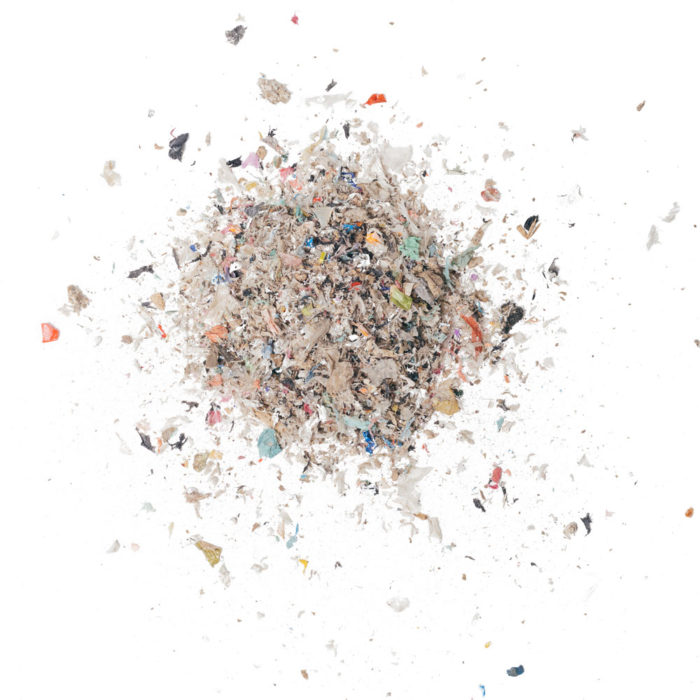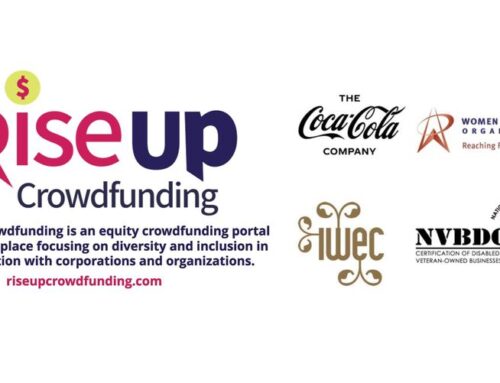Such upcycling is desperately needed by a world seeking solutions to the environmental challenges caused by the 2 billion tons of waste generated annually.
Turning that trash into treasure and recycling has long held allure.
by By and
Photo: Jonas Opperskalski
KIBBUTZ TZE’ELIM, Israel — Eight tons of trash are piled high at the entrance of a small factory in this tree-lined kibbutz — rotting food mixed with plastic bags, dirty paper, castoff bottles and containers, even broken toys. But nothing is headed for a landfill. Instead, what’s next is a process that could revolutionize recycling.
Within hours, the mound will be sorted, ground, chopped, shredded, cleaned and heated into a sort of garbage caramel, then resurrected as tiny pseudo-plastic pellets that can be made into everyday items like trays and packing crates.
“The magic that we’re doing is we’re taking everything — the chicken bones, the banana peels,” says Jack “Tato” Bigio, the chief executive at UBQ Materials. “We take this waste, and we convert it.”
Such upcycling is desperately needed by a world seeking solutions to the environmental challenges caused by the 2 billion tons of waste generated annually. Turning that trash into treasure has long held allure. Yet attempts have fallen short, and cynics abound.
UBQ says it has succeeded where others have failed, creating a radical technology that transforms garbage into the raw materials for plastics manufacturers and earns them a profit in the end.
And by diverting household refuse destined for long-term burial, the process will help to reduce landfill production of a powerful greenhouse gas while creating new life for hard-to-recycle plastic. The loop exemplifies a “circular economy,” in which waste is turned into something useful.


